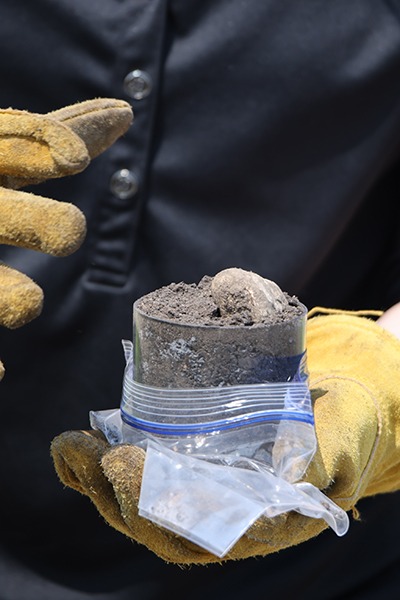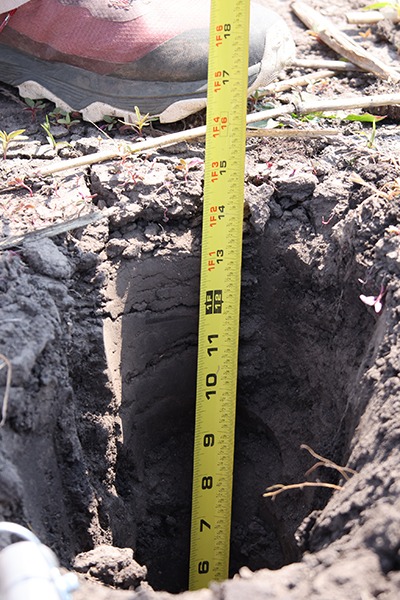How Does Applied Manure Impact Soil Microbes & Soil Carbon Sequestration on Cropland & Pasture?
The short answer: Animal manure, like cover crops, builds up the soil microbial community and increases carbon storage by providing nutrients (carbon, nitrogen and phosphorous) for microbial growth.
- Because animal manures tend to be higher in available nutrients (such as nitrogen and phosphorus) than some carbon-rich plant residues, the increased microbial growth that occurs from manure inputs is less likely to tie up nutrients in the soil and compete with crops, often referred to as immobilization.
- While fresh manure tends to be higher in inorganic nutrients than composted manure, it is also more likely to contain unwanted microorganisms or viable weed seeds than composted manure.
- Including biomass inputs as part of a nutrient management program can be a good strategy for improving soil health, increasing productivity, and increasing soil carbon, whether from plant or animal based sources.
The big picture: Animal manures increase biomass production in the form of microbes and plants. That keeps more carbon in the soil and less in the atmosphere. Adding animal manure to agricultural land is a good way to increase crop growth, sequester carbon, and build healthy soils.
Break it down: Animal manure is not just a waste product to be dealt with, but also a resource for supporting crop growth, sequestering carbon, and promoting healthy soils. This is because:
- Recycling animal waste by applying it to agricultural soils promotes microbial growth leading to diverse, active microbial communities.
- Because manure contains the primary components of microbial cells, its decomposition releases inorganic nutrients to the soil rather than depleting them from the soil, making more nitrogen and phosphorus available to support crop growth.
- Healthier microbial communities lead to increased organic matter content, sequestering more carbon in the soil.
- Organic matter enhances water soil holding capacity soil aggregation, which increases water infiltration and reduces erosion.
Back it up: Microbes are the drivers of organic matter storage. Like humans, microbes don’t survive on carbs alone.
- The key reason animal manure is so effective for sequestering carbon is its nutrient balance, which provides all the materials for building microbial cells.
- All that microbial biomass helps retain carbon in the soil, while the excess nutrients are released slowly and taken up by crops.
- When organic amendments are nearly all carbon and contain little inorganic nutrition, there are insufficient building blocks for new microbial cells, so the bulk of the carbon they contain is released as carbon dioxide.
- In fact, to make new cells from nutrient poor organic amendments, microbes will take nutrients from the soil.
Before getting started with manure application, be aware that manures vary in their composition depending on the animal species, what they have been fed, and whether the manure is fresh or composted. It is important to test manures for their nutrient content and use this as a guide for application. Application based on carbon content alone could result in excessive application of nutrients, such as phosphorus, zinc, copper, etc. So, it is important to balance your carbon goals with the nutrient management needs of the crops and current soil nutrient status. There is a lot to learn about forms of manures as well as the benefits and risks of their application to soils.
Here are a few practical tips to get you started:
- To determine what is best for your situation, there are many resources available. You can find support through your county extension office or extension publications from the Land Grant University in your state.
- USDA has developed guidelines for use of processed animal manures in organic crop production and USEPA’s National Pollutant Discharge Elimination System has published guidance on how to mitigate potential environmental impacts of animal wastes.
- Certified Crop Advisors and Certified Professional Agronomists can provide broader perspectives on the use of manures in a nutrient management plan.
In short, manure is a great source of nutrients for your farm, not just a waste product. Paying careful attention to the manure source, composition, and whether it’s fresh or composted will help you reach your nutrient goals with this recycled nutrient source.








